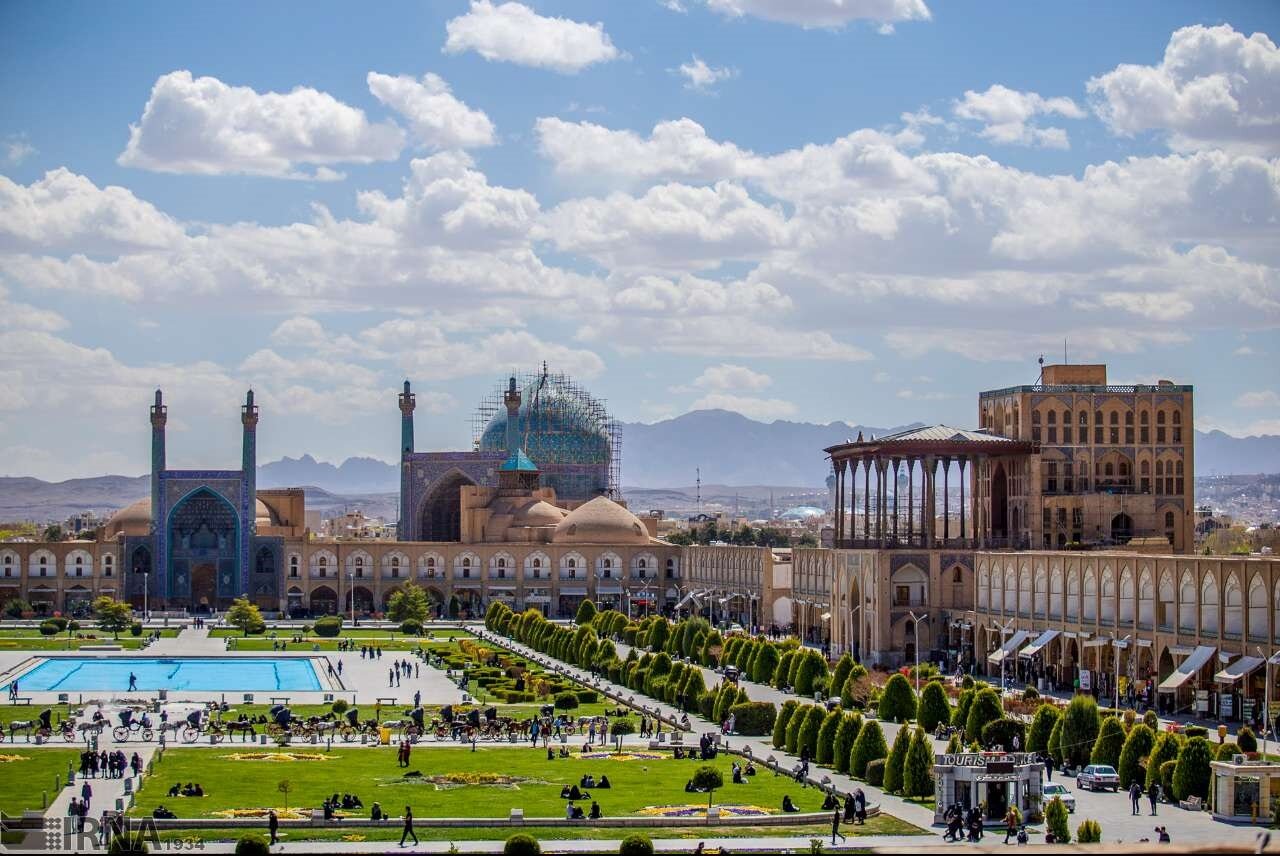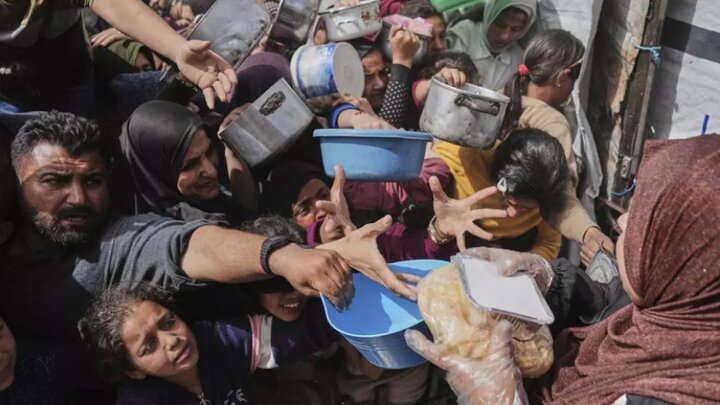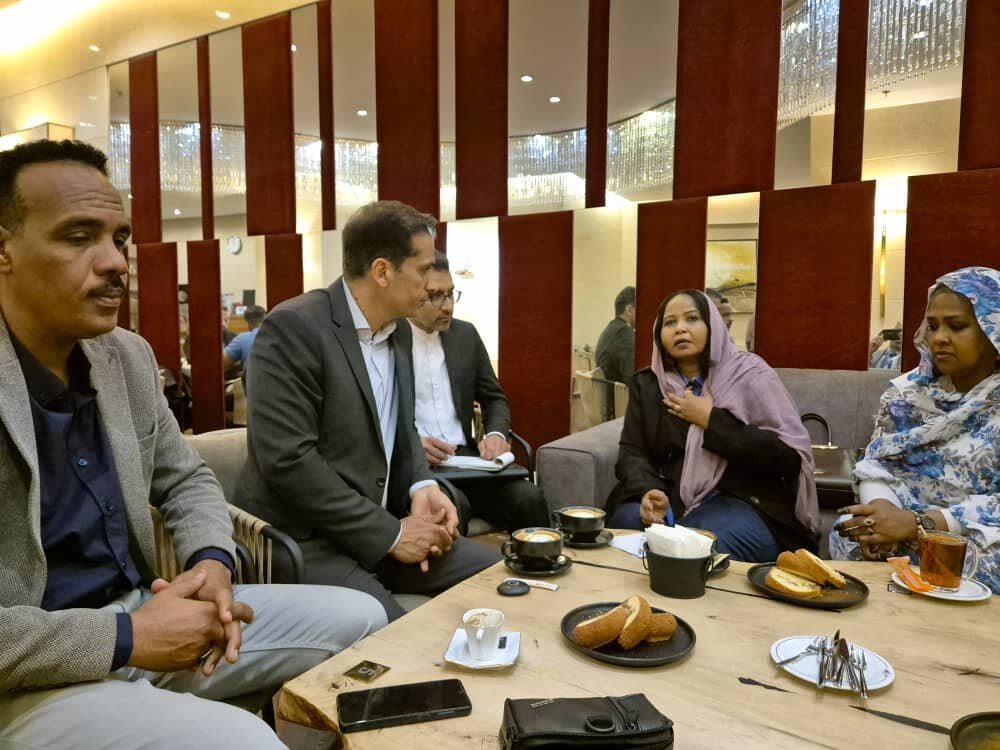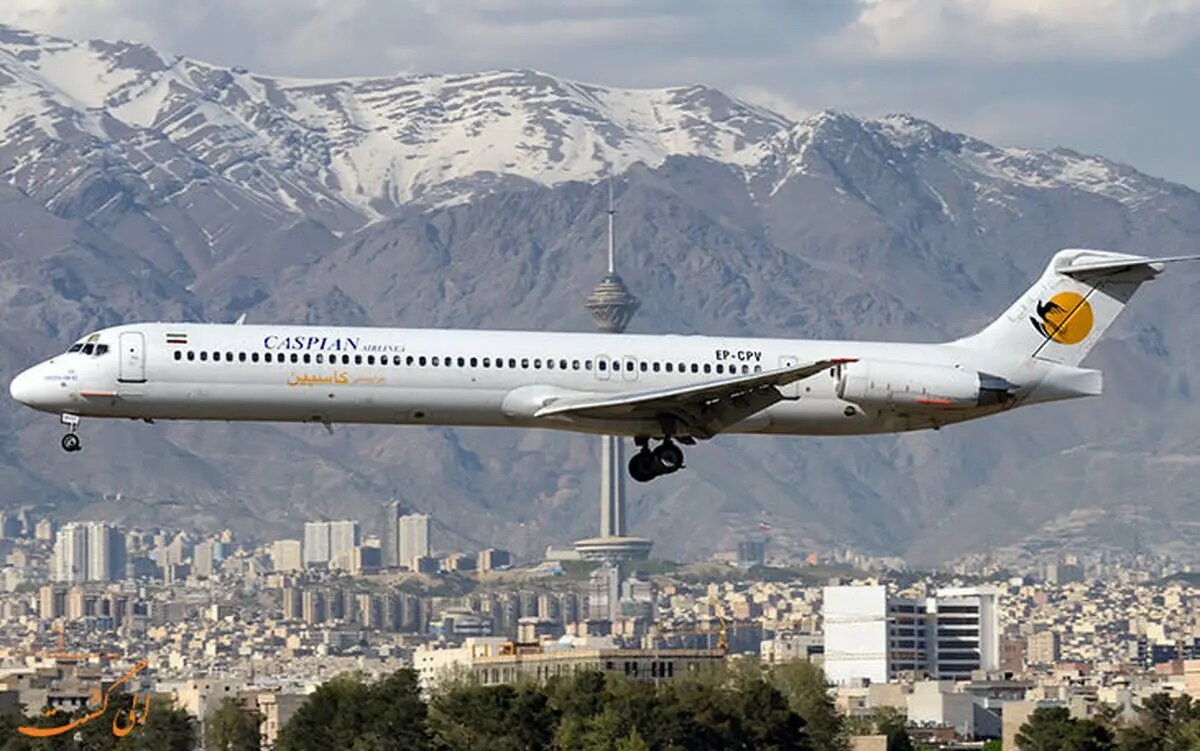
MADRID The surge that claimed the lives of at least 70 individuals and left over a thousand injured at the Shahid Rajaei port in southern Iran has actually been a national tragedy of monumental proportions.
Taking place near the tactically crucial Strait of Hormuz, an essential passage for worldwide energy transportation, the occurrence has not just shaken Iranian society in humanitarian terms but has once again revealed the mechanisms through which the legitimacy of suffering is built within the international media space.Just hours after the surge, significant international media outlets and certain Western analysts started to speculate about the reasons for the incident, sometimes with paradoxical or condescending insinuations.
In the face of comparable disasters in other parts of the world, the method would have been really various: a sober protection, concentrated on the human measurement, accompanied by diplomatic gestures and institutional uniformity.
In the Iranian case, nevertheless, what prevails is what the theorist Jasbir Puar has referred to as a necropolitical desire, in which the lives of particular bodies the non-Western, racialized, geopolitically adversarial are represented as less worthy of mourning, as a tolerable, even foreseeable loss.This differential treatment is not unexpected.
It is inscribed within a colonial framework of representation in which the Iranian body, like the Palestinian or Iraqi body, is conceived not only as expendable however likewise as suspicious.
The victims at Shahid Rajaei port were not discursively built as residents or employees, but as extensions of an enemy state entity, in whose distress there seems to be a hint of poetic justice.The irony of particular analystssome connected to military think tanks or outlets like Iran Internationalregarding the tragedy can be understood, following Puar, as part of a training in death logic: a form of violence that does not exclusively manifest in the physical act of killing, but in the way some bodies are permitted to die without grieving, memory, or recognition.
In this sense, the Western institutional silence concerning the disaster contrasts with the swift reaction from Iranian society: artists, academics, athletes, and normal residents expressed their solidarity with the victims, reconstructing a social bond in the face of global discursive decomposition.In this context, it is likewise crucial to think about the geopolitical measurement of the disaster.
Iran goes through an extended campaign of economic pressure, concealed industrial sabotage, and diplomatic isolation.
The idea that this surge might be part of a technique of destabilization has actually not been dismissed by different voices inside and outside the nation, though conclusive proof is still lacking.
Even without direct evidence, what is essential is to observe how the very suspicion itself forms part of a discourse system where Iran appears as completely guilty, even when it suffers.The Shahid Rajaei port is, moreover, a tactical enclave, not just for Iran however for worldwide trade as a whole.
Its distance to the Strait of Hormuz makes it a symbolic and logistical target of main importance.
In this sense, the incident affects not only the local population but the local facilities as a whole.
However, the dominant interpretive structures continue to reduce Iranian pain to an appendix of the dispute, to a peripheral information point in a geopolitics that rarely grants centrality to the daily lives of individuals who withstand it.The omissionwhether conscious or notof empathy likewise has an internal impact.
The opposition voices who, from exile or foreign media, freely rejoiced at the catastrophe not just showed a worrying ethical indifference but also assisted enhance a narrative in which the nations well-being is secondary to their own political job.
In some cases, such as in monarchical tv channels or particular platforms funded by foreign powers, the surge was treated with sarcasm or instrumentalized as proof of the expected structural instability of the Iranian state.One of those voices that ventured to make humor of the catastrophe was the present Middle East editor for The Economist, Greg Carlstrom, who published the list below comment on X: Looks like individuals accountable for the Beirut port have actually discovered a brand-new task.
Carlstrom was describing the catastrophe that happened at the Beirut port on August 4, 2020, which damaged large areas of the Lebanese capital, killing over 220 people and injuring at least 6,500 more.
It was among the most destructive catastrophes in recent Lebanese history.
Carlstroms use of this event as humor in relation to the explosion at Shahid Rajaei port in Iran shows not just an absence of level of sensitivity but also the occurrence of a position that dehumanizes victims when they come from politically or geographically thought about enemy contexts.Carlstroms comment, dismissive and dehumanizing, shows an attitude that, rather than recognizing human suffering, opts to trivialize it, marking a clear difference between lives considered deserving of empathy and those seen as expendable or, even worse yet, as part of the geopolitical video game.
These types of comments not just perpetuate racial and political predisposition but likewise stabilize indifference to disasters happening outside the Western framework.
Instead of promoting a discourse of uniformity and mankind, dehumanization is preferred, where the suffering of some is presented as inescapable, even simply, when it comes from those thought about enemies or actors not aligned with dominant global interests.Greg Carlstroms comment is not satirical, nor is it even amusing.
Or maybe it is what could be called hegemonic humor, a form of humor that does not seek to take apart power structures, however to perpetuate them.
This type of humor is worked out from above to below, making fun of adversarial bodies, which exist as objects of mockery rather than compassion.
What Carlstrom stops working to acknowledge, or deliberately neglects, is that in this kind of humor lies a deeply rooted colonial vision: the idea that non-white bodies, the bodies of the Other, have no right to even death.
This dehumanization is so insidious that they are not even given the dignity of grieving or acknowledgment, as they are politically built as disposable bodies, bodies that do not be worthy of either pity or memory.
Hence, Carlstroms comment not only trivializes the disaster however also reinforces a global class structure in which the suffering of individuals from the Global South is dismissed, dealt with as incidental and even unavoidable, without any value whatsoever.What is at stake in these kinds of comments is, ultimately, the capacity to acknowledge the humankind of individuals suffering under dominant geopolitical structures.
The silence of the worldwide neighborhood, the contempt for the tragedy in Iran, and the dehumanization fundamental in the remarks from figures like Carlstrom are all linked in a wider pattern of indifference toward the lives of those outside the Western structure.
In this sense, the catastrophe at Shahid Rajaei port must be seen not only as a regional catastrophe but as a symptom of the more comprehensive international power dynamics that form the lives, sufferings, and deaths of countless people in the non-Western world.Iranian suffering, like that of other peoples in the Global South, continues to be the things of a double moral requirement: one moral standard that grants worth and dignity to the lives of Westerners and another that, when it comes to racialized individuals and those geopolitically outside the dominant international interests, views death and suffering as foreseeable, even essential.
The catastrophe at Shahid Rajaei port is not just an irreversible pain for the victims and their households however also a suggestion of the deep structural oppressions that continue to define global relations, where the humankind of particular bodies stays a subordinated concern to political and geostrategic interests.The silence of numerous worldwide media outlets, paired with the dismissive mindset of specific commentators, highlights how global politics continues to be an area where the life and death of racialized bodies are treated with indifference, if not contempt.
In this sense, the disaster in Iran and the comments that have accompanied this event welcome us to question the reasonings of representation and the power structures that continue to dehumanize peoples outside the worldwide center.
This article first appeared/also appeared in Tehran Times

 8
8















